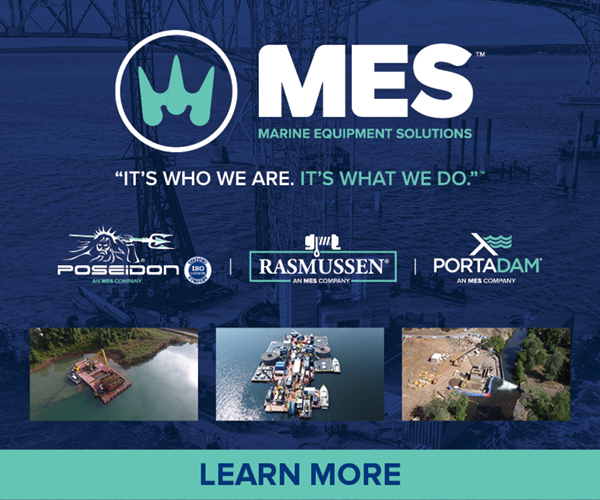
4 minute read
Strengthening Alliances and Partnerships Through Infrastructure
from America's Engineers: The People, Programs, and Projects of the U.S. Army Corps of Engineers '24-'25
USACE’s mission in the Middle East
BY JOE MACRI
TRANSATLANTIC DIVISION Transatlantic Middle East District
In the United States, the U.S. Army Corps of Engineers (USACE) is primarily known for maintaining waterways, civil infrastructure construction, disaster response efforts, and military construction supporting our warfighters. USACE extends its expertise and delivers critical facilities to our allies and partners across the globe, enabling them to build resilience, capacity, and capability for their own national defense. The bulk of these efforts are carried out by USACE’s Transatlantic Middle East District (TAM) through projects ranging from routine facilities maintenance to aircraft and missile defense infrastructure.
One thing that differentiates this part of the USACE mission from its U.S. work is that the bulk of these projects are authorized through a form of security assistance utilizing the Foreign Military Sales (FMS) program, which is a fundamental tool of U.S. foreign policy. In simple terms, that means that the countries requesting these services pay the U.S. government for them.
advertisement

“Our allies and partners have a choice in who will deliver their critical military infrastructure. Time and time again, they choose the U.S. Army Corps of Engineers because we consistently deliver high-quality projects that stand the test of time,” said Col. Christopher Klein, the district’s commander.
The district’s lineage dates back to the 1950s, when the United States was stepping up its diplomatic efforts around the world in an effort to contain the Soviet Union. Many of these efforts involved using U.S. “soft power,” and USACE’s Middle East District (then the Mediterranean Division) played a vital early role in helping build infrastructure in other countries in support of that effort. Much of these early efforts involved building up bases that could be used by U.S. forces in the region. However, over time as nations in the Middle East modernized, they became more focused on providing for their own national defense. Often, they would purchase capabilities from the U.S. such as aircraft, missile defense systems, or ships, and USACE would be called upon to build the infrastructure for those systems. Examples include ports, hangars, or maintenance facilities.

“Our security cooperation workload began with construction projects as part of Foreign Military Financing [FMF], which is an international agreement between the U.S. and foreign military partners where [the] U.S. finances the project. Through delivery of high-quality products, the workload expanded to include Foreign Military Sales, where the mission partners fund the entire case because they know what they are getting when they work with USACE,” said Joey Behr, the district’s acting director of programs and project management.
Recent examples include a Maritime Traffic Coordination Center offshore in Kuwait, and an Air Defense Headquarters building in Qatar. Going back even further though, one of our largest projects ever was the King Khaled Military City in the Kingdom of Saudi Arabia.
advertisement

Klein, who also served as the deputy commander of the Middle East District 10 years ago, said beyond just providing U.S. mission partners with all the capabilities USACE has to offer, the district’s efforts contribute to overall U.S. national security interests promoting regional stability. Project delivery strengthens ties at the individual level, fostering long-term relationships that are crucial for regional stability. “Sharing and achieving a common end state builds lasting friendships,” said Klein. “Throughout project delivery, we’re working closely with other military officers and representatives from these countries building trust. And now, someone that I worked with 10 years ago may now be a senior decision-maker.”
As Klein noted, the connections forged through these collaborative efforts have a lasting impact, with the connections made a decade ago now proving invaluable in his current role. These enduring partnerships underscore the strategic importance of USACE’s mission beyond U.S. borders, demonstrating that the district’s work is not just about building infrastructure, but also trust and mutual support among nations. AE
—
Visit www.Americas-Engineers.com to sign up for a free print edition of our annual publication and to join our weekly newsletter.

